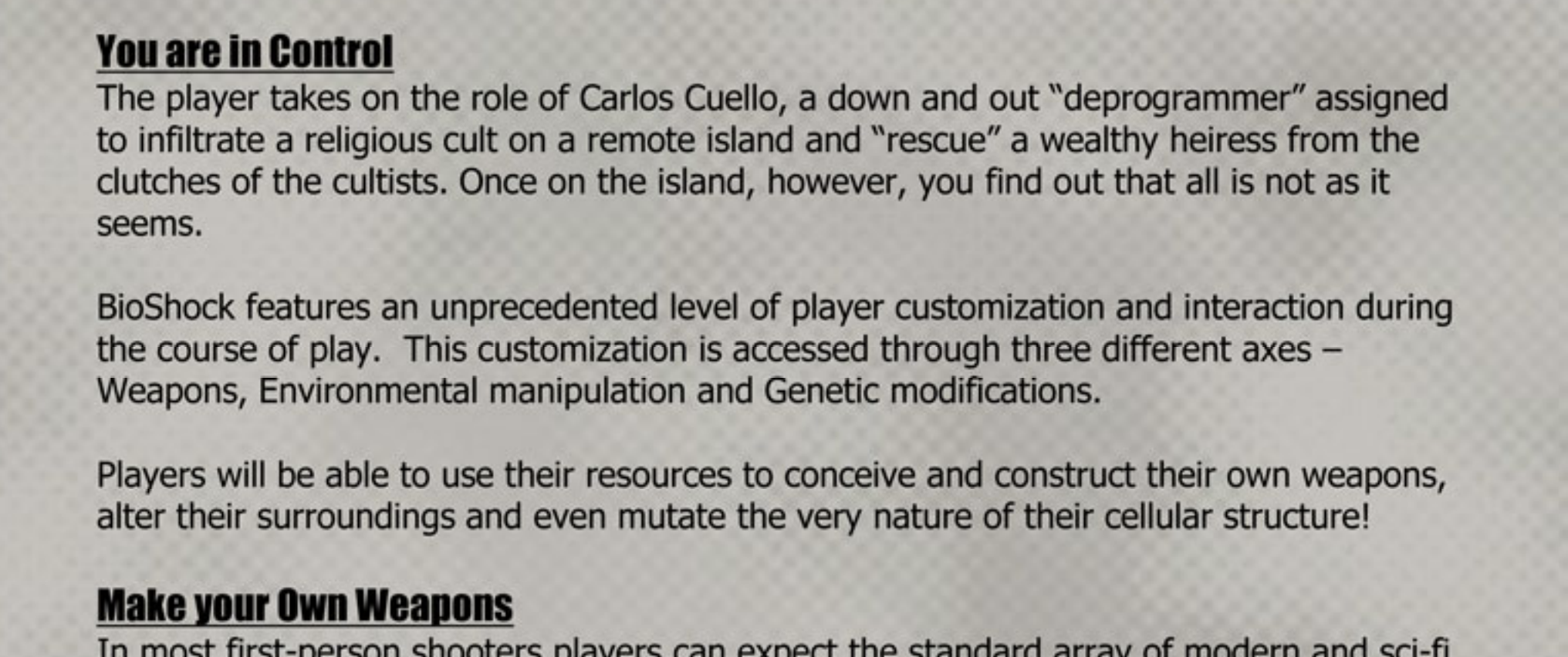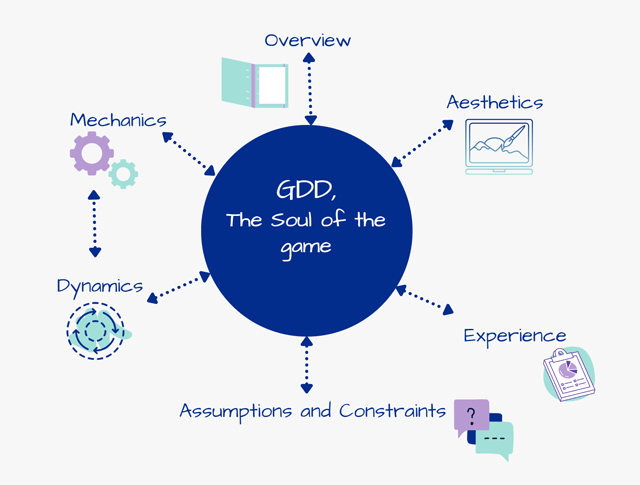Table Of Content

The whole development team will refer to the GDD throughout the game’s development, from early pre-production through launch. That includes designers, artists, programmers, sound designers, producers, QA testers, and others. There are many great game design document examples to draw inspiration from.
Let's Talk About Your Project
We prefer a few Google Slides or PowerPoint slides with Mood Boards - screen shots lifted from similar games or other art found online. And when it comes to system design and understanding how variables fit together, the value of spreadsheets is, well, incalculable. Which means that it can only be a useful tool if how you use it suits the type of information you want to explain and who you’re explaining it to. For example, if you’re building a world map, but you’re not sure where everything is going to go yet, the first version of your design should probably be one that allows you to easily move things around. When you’re deciding on the best way to present your design, it can often help to think about what you will do with it once it’s finished.
Design Document: Play With Fire - Game Developer
Design Document: Play With Fire.
Posted: Tue, 20 Feb 2007 08:00:00 GMT [source]
Game Overview
Sidekick also allows you to instantly generate unique concept art, storyboards, and other images in a variety of styles – 2D and 3D, abstract and photorealistic, detailed and simple. You can connect Nuclino to a wide range of other tools, including Discord, Google Drive, Miro, and more, seamlessly integrating it into your game design process. Or, if you make your page bigger, there’s no reason you can’t combine multiple elements into a single design, so long as the design document still solves a single problem and has a primary focus. So while one-page documents are helpful because of their often visual focus, their one-page limit generally encourages a more useful and more efficient design process as well.

Estimated Budget and General Timeline
Writing down the details of how something is supposed to work can be extremely useful, as it gets the idea out of your head and forces you to describe exactly how it’s supposed to function. One solution is to write a Game Design Document, which is typically a detailed guide that describes what your game is and how it will work. Or maybe you need to pitch your project in some way, to a publisher, as a part of a crowdfunding campaign, or as an early access project, and you need a way to show others what the game is going to be like when it’s finished. This might be because you’ve got plans and ideas for your project that you don’t want to forget. This version has been passed down to me from another dev who probably got it form another dev.
A game designer's new friend: how to use ChatGPT as a gamedev tool - Game Developer
A game designer's new friend: how to use ChatGPT as a gamedev tool.
Posted: Mon, 21 Aug 2023 07:00:00 GMT [source]
When and How to Clearly Communicate a Feature

This section is critical for programmers and other designers to understand how the game should feel and function. So you’ll need to put a lot of thought into it, explore how similar mechanics work in other games, and write it all down as detailed as possible. If your team has game writers, you’ll probably want them to help you draft this section of the document based on their own story and character ideas. It’s not uncommon for this section to basically be a summary of a separate, story-focused document that the writers are busy creating as a supplement to the GDD. Your GDD can also be used as a sales tool, because it helps potential partners understand what’s unique about your game and evaluate its market potential. When you clearly outline the game’s mechanics, story, and visuals, it helps investors visualize the final product.
Generally speaking, the decision to use a game design document or not depends on how you like to work. However, there’s no set standard for what a game design document should be, what it should look like or what it should actually do. Whether you even need a game design document or not can be a surprisingly divisive issue. This final section is a bit of an amalgam of everything that didn't fit in the sections before hand. It's an appendix of all of the things that you didn't think were necessarily core to the game, but you'd like to consider along the way. It's also for alternate possibilities - for instance, if you had two main characters in mind, put the better one in the main document, and then the alternate here.
Elevator Pitch, Story Summary, and Comparable Games
Unless you are an indie game developer working solo, collaboration with your team and making sure everyone is on the same page is critical. Instead of trying to control the design process by giving your teammates selective access to your GDD, keep it as open as possible and work to discover and solve issues together. Whenever you need input or feedback from your colleagues, mention them in the document or leave a comment within your GDD in Nuclino to send them an instant notification. You have a great new game idea and you are itching to start building it right away. It's a feeling painfully familiar to most game developers, whether they are beginners preparing to create their first game, or seasoned professionals with a proven track record in the industry.
Page 6: Project Status Report
Keep things agile and be prepared that the final document might look nothing like what you started with. Nuclino preserves the previous versions of your document so you can easily undo the changes you made without losing any of your work. These GDDs are curated, compiled, and re-organized from /r/gamedesign, Mikael Segedi’s collection, and gamedocs.org.
However, it may not be possible to design your entire game on one page. However, if you’re trying to choose what kinds of attacks should be available to the player and how they will trigger them then a “Combat controls” page could work for that. It can be a specific problem or it can be a broad problem, but try to make it one thing, not several, by giving it a primary focus. For example, let’s say that you want to understand how the combat system is going to work in your game.
In the User Interface section, sketch out and describe the menus, heads-up display (HUD), and other on-screen elements that players will need to interact with. You should also explain how players will navigate menus, which options might be available, and how players will manage inventories or other game systems. We've got a great HL-GDD by this point but it doesn't even include the full set of documentation that a full game production will need. Nuclino brings all your team's knowledge, docs, and projects together in one place. It's a modern, simple, and blazingly fast way to collaborate, without the chaos of files and folders, context switching, or silos.
GDDs can contain any kind of relevant material for the game — including text, concept art, videos, musical references, photos, and even working prototypes or demos. There’s no rules about what you can or can’t include, so focus on things that will be useful and relevant to people throughout the development process. It’s common for this section to contain early “pencil and paper” mock-ups of potential game levels, to help readers get a better idea of what you have in mind.
Whatever specific form your GDD takes, it should effectively, efficiently communicate your design and the core features you (or you and your team) will need to build. Rosa is a Lead Game Designer and far more capable TikTok skater than I ever will be. Her template has helped numerous designers get started with their ideas. In the template linked at the end of this guide, I've included "starter considerations" for each of those 5 accessibility categories. These can be considered a starting point in assessing your game's level of accessibility, and can help point you in the right direction when considering how to make your game more accessible. Planning a Go To Market (GTM) is also critically important, even for free games.
The core mechanics and the mechanical loop section should go into detail about what your game's core mechanics are and how they work with or against each other. This is important not only as part of planning what your game is, but also to ensure your game's mechanics are complimentary, realistically scoped, and achievable by your team. With all of that information in hand and ready to go, make some centralized list of what you're working with. But otherwise, make a single bullet-point outline that covers the materials you already have.
It's good to keep your goals in mind at every step of the way, and having a dedicated goals section in your GDD can serve as a beacon for tough decisions along the development process. And remember the doc is just a structure, you have to be able to clearly articulate and demonstrate you designs decisions, which is a result of having a clear field tested design methodology. Keep your feature docs as short as possible while providing enough clarity to get you started on those first steps. With just a few paragraphs you have a general idea of the idea behind my game.

No comments:
Post a Comment